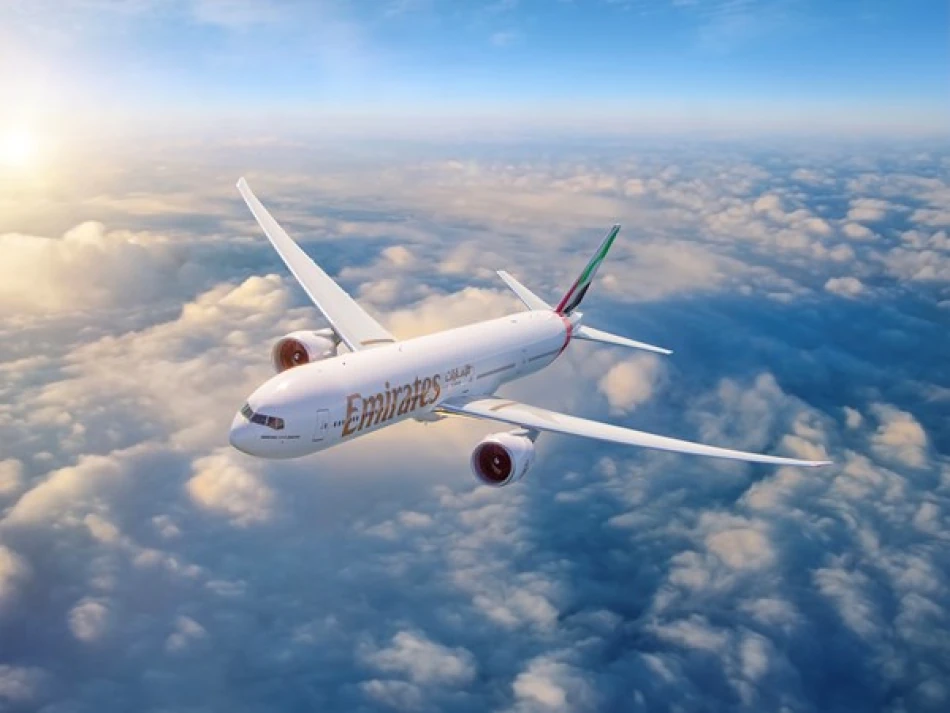
Emirates Airlines Introduces Measures to Minimize In-Flight Turbulence Impact on Flights
Emirates Airlines is using artificial intelligence and real-time data to reduce unexpected turbulence encounters across its flight network. The Dubai-based carrier has deployed a multi-layered system that combines AI predictions, pilot reports, and weather data to help crews avoid severe air bumps that can disrupt passenger comfort and safety.
The airline's approach tackles a growing problem in aviation. Climate change and shifting weather patterns have made turbulence more frequent and intense globally. Traditional weather forecasting often misses "clear air turbulence" - the sudden jolts that happen without visible storm clouds.
Emirates partnered with three technology providers to build its turbulence detection system. SkyPath uses machine learning to predict rough air in areas where conventional methods fall short. The system analyzes reports from thousands of aircraft to forecast turbulence in regions with no current air traffic.
The airline also works with Lufthansa Systems' Lido navigation app, which gives pilots real-time updates on cloud conditions, thermal activity, and ice formation risks. The German Weather Service provides additional meteorological data to improve forecast accuracy.
Captain Hassan Al Hammadi, Emirates' Senior Vice President of Flight Operations, says the system can't eliminate turbulence entirely but significantly reduces surprise encounters. "We're still in early stages, but we're already seeing concrete results that confirm these systems work," he noted.
The third component comes from IATA's Turbulence Aware program, which creates a community-based reporting network. Pilots share real-time turbulence data that helps other flights adjust their routes.
For passengers, this means smoother flights and fewer instances of sudden drops or shaking. The system helps pilots plan better routes and warn cabin crew when to secure the cabin ahead of rough patches.
The technology also benefits Emirates operationally. Avoiding severe turbulence reduces aircraft stress, cuts fuel consumption from route changes, and minimizes delays caused by weather diversions.
Other major airlines are watching Emirates' results closely. If the system proves effective across Emirates' extensive route network - which covers some of the world's most turbulence-prone regions - it could become an industry standard.
The initiative reflects broader aviation trends toward predictive maintenance and AI-assisted operations. Airlines face pressure to improve passenger experience while managing rising operational costs and environmental concerns.
Most Viewed News

 Layla Al Mansoori
Layla Al Mansoori






